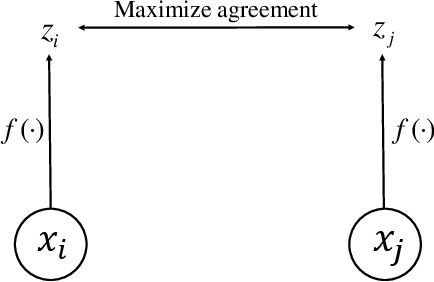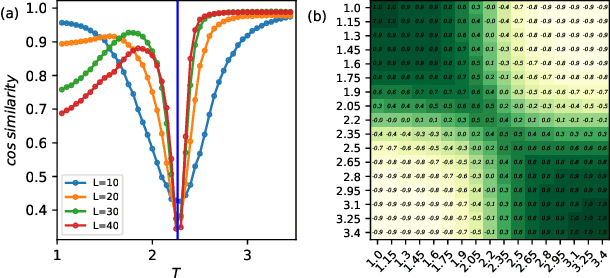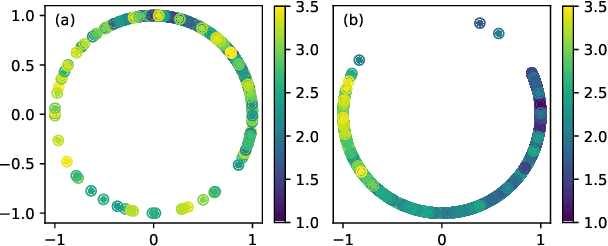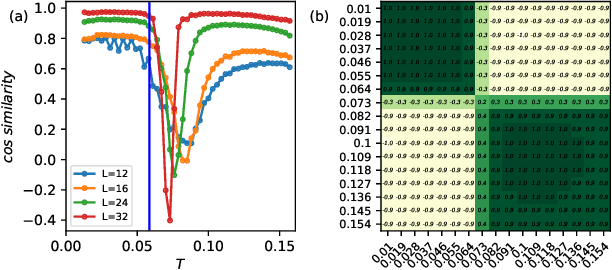Zhen Feng
AI-driven inverse design of materials: Past, present and future
Nov 14, 2024



Abstract:The discovery of advanced materials is the cornerstone of human technological development and progress. The structures of materials and their corresponding properties are essentially the result of a complex interplay of multiple degrees of freedom such as lattice, charge, spin, symmetry, and topology. This poses significant challenges for the inverse design methods of materials. Humans have long explored new materials through a large number of experiments and proposed corresponding theoretical systems to predict new material properties and structures. With the improvement of computational power, researchers have gradually developed various electronic structure calculation methods, particularly such as the one based density functional theory, as well as high-throughput computational methods. Recently, the rapid development of artificial intelligence technology in the field of computer science has enabled the effective characterization of the implicit association between material properties and structures, thus opening up an efficient paradigm for the inverse design of functional materials. A significant progress has been made in inverse design of materials based on generative and discriminative models, attracting widespread attention from researchers. Considering this rapid technological progress, in this survey, we look back on the latest advancements in AI-driven inverse design of materials by introducing the background, key findings, and mainstream technological development routes. In addition, we summarize the remaining issues for future directions. This survey provides the latest overview of AI-driven inverse design of materials, which can serve as a useful resource for researchers.
Pseudo MIMO : An Energy and Spectral Efficient MIMO-OFDM System
Apr 09, 2024



Abstract:This article introduces an energy and spectral efficient multiple-input multiple-output orthogonal frequency division multiplexing (MIMO-OFDM) transmission scheme designed for the future sixth generation (6G) wireless communication networks. The approach involves connecting each receiving radio frequency (RF) chain with multiple antenna elements and conducting sample-level adjustments for receiving beamforming patterns. The proposed system architecture and the dedicated signal processing methods enable the scheme to transmit a bigger number of parallel data streams than the number of receiving RF chains, achieving a spectral efficiency performance close to that of a fully digital (FD) MIMO system with the same number of antenna elements, each equipped with an RF chain. We refer to this system as a ''pseudo MIMO'' system due to its ability to mimic the functionality of additional invisible RF chains. The article begins with introducing the underlying principles of pseudo MIMO and discussing potential hardware architectures for its implementation. We then highlight several advantages of integrating pseudo MIMO into next-generation wireless networks. To demonstrate the superiority of our proposed pseudo MIMO transmission scheme to conventional MIMO systems, simulation results are presented. Additionally, we validate the feasibility of this new scheme by building the first pseudo MIMO prototype. Furthermore, we present some key challenges and outline potential directions for future research.
Adaptive-Mask Fusion Network for Segmentation of Drivable Road and Negative Obstacle With Untrustworthy Features
Apr 27, 2023Abstract:Segmentation of drivable roads and negative obstacles is critical to the safe driving of autonomous vehicles. Currently, many multi-modal fusion methods have been proposed to improve segmentation accuracy, such as fusing RGB and depth images. However, we find that when fusing two modals of data with untrustworthy features, the performance of multi-modal networks could be degraded, even lower than those using a single modality. In this paper, the untrustworthy features refer to those extracted from regions (e.g., far objects that are beyond the depth measurement range) with invalid depth data (i.e., 0 pixel value) in depth images. The untrustworthy features can confuse the segmentation results, and hence lead to inferior results. To provide a solution to this issue, we propose the Adaptive-Mask Fusion Network (AMFNet) by introducing adaptive-weight masks in the fusion module to fuse features from RGB and depth images with inconsistency. In addition, we release a large-scale RGB-depth dataset with manually-labeled ground truth based on the NPO dataset for drivable roads and negative obstacles segmentation. Extensive experimental results demonstrate that our network achieves state-of-the-art performance compared with other networks. Our code and dataset are available at: https://github.com/lab-sun/AMFNet.
A simple framework for contrastive learning phases of matter
May 11, 2022



Abstract:A main task in condensed-matter physics is to recognize, classify, and characterize phases of matter and the corresponding phase transitions, for which machine learning provides a new class of research tools due to the remarkable development in computing power and algorithms. Despite much exploration in this new field, usually different methods and techniques are needed for different scenarios. Here, we present SimCLP: a simple framework for contrastive learning phases of matter, which is inspired by the recent development in contrastive learning of visual representations. We demonstrate the success of this framework on several representative systems, including classical and quantum, single-particle and many-body, conventional and topological. SimCLP is flexible and free of usual burdens such as manual feature engineering and prior knowledge. The only prerequisite is to prepare enough state configurations. Furthermore, it can generate representation vectors and labels and hence help tackle other problems. SimCLP therefore paves an alternative way to the development of a generic tool for identifying unexplored phase transitions.
 Add to Chrome
Add to Chrome Add to Firefox
Add to Firefox Add to Edge
Add to Edge